Discoveries could cure cancer and improve batteries for electric cars
Thermonuclear power may be 30 years away, but we will reap its benefits long before then. Discoveries made in the field of thermonuclear fusion have the potential to find wide practical applications in everything from cancer treatment to improved batteries for electric cars.
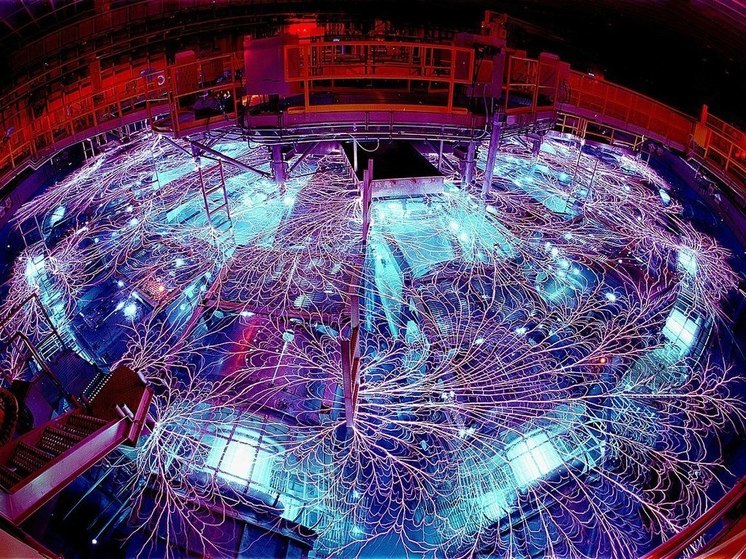
When James Watt's first industrial steam engine was installed at Bloomfield Colliery in Tipton, West Midlands, in March 1776, it was hailed as a mechanical marvel, The Observer reports. But few could have predicted that steam engines would change the world.
Originally developed to pump water out of mines, the technology has been adapted for so many industries and applications that it sparked an industrial revolution. Now, those working on fusion power plants say humanity is on the cusp of a similar transformation. “I see this whole endeavor as a general-purpose technology in the same spirit as Watt,” says Lu-Fong Chua, strategy director at TAE Power Solutions in Birmingham.
Nuclear fusion is the energy mechanism that makes the stars shine, explains The Observer. The common belief is that man-made nuclear fusion is always «30 years away» on Earth. But if we can make it work, it promises so much clean energy that we can finally ditch fossil fuels, the newspaper notes.
Major government projects and, increasingly, private start-ups are reporting breakthroughs that many in the industry believe will lead to viable fusion power. In 2022, the UK government announced the construction of a Spherical Tokamak for Energy Production (STEP) at West Burton, Nottinghamshire. The aim of this demonstration facility is to power the national grid by the 2040s. And in developing such fusion power plants, we are creating new technologies and solutions that could go far beyond power generation.
For example, writes The Observer, TAE Power Solutions is a subsidiary of the American company TAE Technologies, which was founded in 1998 to develop commercial thermonuclear energy. Forced to invent a way to harvest and store 750 megawatts of energy (the energy needed to run their experimental reactor) from a commercial power grid capable of producing just 2 megawatts, the firm is now adapting its advances to create more efficient batteries for the next generation of electric vehicles.
“We don't see these as side projects, but as useful by-products that themselves have very high value for solving problems beyond energy production”, – says Chua.
In the UK, the UK Atomic Energy Authority (UKAEA) has set up a fusion cluster at Culham in Oxfordshire to stimulate the growth of the fusion industry. Since its inception in 2021, the cluster has grown from a handful of companies to more than 200, The Observer reports. While a key aim remains to develop the skills and technology needed to build a commercial fusion power station in the UK by the 2040s, commercialising the by-products is also a priority.
“One of the things the fusion cluster does is to show people that fusion is not only coming, but that it’s actually delivering benefits years before we have fusion power stations, because we have new technologies coming,” says Valerie Jamieson, the centre’s development manager.
That signal drives investment, as Greg Pifer, founder and CEO of Shine Technologies, realized in the early 2000s when he saw that developing commercial fusion power would be a long, expensive process. That got him thinking about how the technology being developed could be used to generate revenue, so investors could get a faster return on their investment. “That’s critical to the commercialization of fusion,” he says.
There are currently four key areas where fusion technology plays a key role.
1) Advancement
One of the seemingly impossible tasks that a fusion reactor must perform is to keep the gas at a temperature of about 1,000 degrees Celsius, hot enough to melt any material. At this temperature, the gas becomes electrically charged and can therefore be controlled using magnetic fields.
The strength of the magnetic field determines the size of the reactor and therefore how economical it is to build. So creating high-performance magnets was a key goal for Tokamak Energy, a fusion cluster company based in Milton Park, Oxfordshire. In 2023, they announced a new generation of high-temperature superconducting magnets that produce stable magnetic fields 10 or even 20 times more powerful than existing technology. Not only do such magnets pave the way for viable fusion plants, they “have the potential to transform existing markets and create new ones,” says Warwick Matthews, the company’s CEO.
One such area is magnetohydrodynamic (MHD) drives. Known to theorists since the 1950s, MHD drives use magnetic fields to create jets of electrically charged fluid that propel a vehicle. The beauty, The Observer writes, is that they have no moving parts, so are not subject to wear and tear.
Marine applications are particularly attractive because seawater conducts electricity much better than freshwater. Because the engines are silent, they significantly reduce harmful noise pollution in the marine environment. In the 1990s, Mitsubishi built the world's first prototype MHD ship, the Yamato 1, but the program was abandoned when its top speed was just 15 km/h (just over 8 knots).
Tokamak Energy's magnets, which produce much more powerful magnetic fields and therefore more thrust, should change that. The company is currently collaborating with the US Defense Advanced Research Projects Agency (Darpa) to demonstrate the concept in a demonstration device.
2) Medical Applications
There are several possible reactions that a fusion plant could use to generate energy. In 1998, TAE decided to pursue the fusion of boron atoms with protons, opening the door to an old cancer research program. Atomic pioneers in the 1930s showed that boron has a high affinity for reacting with neutron particles, splitting into lithium and helium. In 1936, Gordon Locher of the Franklin Institute in Pennsylvania pointed out the potential of this reaction to kill cancer cells. When released, the lithium and helium release their energy in a range of about 5-9 micrometers, the size of a typical cancer cell. This sudden release of energy destroys the cell.
While boron could be administered to patients through medication, finding a suitable neutron source was a major challenge in the middle of the last century. Historically, patients had to be placed in a nuclear reactor and exposed to neutrons from its core. Hardly ideal. Now, the problem has been largely solved. A key innovation in TAE’s fusion program has been the development of compact particle accelerators that can be used to generate tightly focused beams of neutrons. In fusion, these are used as fuel for reactors.
“We can use these beams and repurpose them for medical purposes,” says Rob Hill, CEO of TAE Life Sciences.
The company is currently in talks with University Hospitals Birmingham and University College London to install experimental equipment. Meanwhile, Shine Technologies produces lutetium-177, an isotope useful in medicine, at its facilities in Janesville, Wisconsin, and Veendam, the Netherlands.
Lutetium is also used to fight cancer, and is also used as a drug that binds to cancer cells. Unlike boron, it does not require neutrons to activate. Instead, it is radioactive and decays with a half-life of about six and a half days, emitting a high-energy electron that tears the cancer cell apart. It also emits gamma radiation, which opens up the possibility of creating a medical imaging device that can track the progression of cancer and the effectiveness of treatment.
However, such a short half-life means that this isotope does not exist in nature and therefore must be created using fusion technology.
3) Industrial Imaging
One method of nuclear fusion involves using lasers to compress and heat a pellet of hydrogen fuel. While researching the lasers needed to do this in the early 2000s at the Lawrence Livermore National Laboratory in California, physicist Markus Roth and his colleagues discovered that if they replaced the target with a thin foil of material, they could accelerate the particles flying out of the foil to enormous speeds.
In 2021, Focused Energy was founded in Darmstadt, Germany, to develop a laser system that can accelerate a neutron beam 100 times more intensely than existing technology. Neutrons can be used like X-rays for imaging, but they are more penetrating, meaning they can penetrate denser materials, and there are currently talks with engineering firms about implementing the system to check the steel inside concrete buildings and bridges for signs of corrosion. The same method can also produce particles called muons, opening up the possibility of even larger-scale imaging projects.
Muons are produced naturally when particles from the sun collide with atoms in the Earth's upper atmosphere. They are extremely penetrating and were used after the 2011 Fukushima nuclear disaster to locate the reactor's meltdown core. A similar array of detectors previously found a hidden chamber in Egypt's Great Pyramid of Giza in 2017. Geologists have used muons to study the movement of magma in volcanoes before eruptions.
The downside is that naturally occurring muons are relatively few in number. Hold your hand up to the sun, and just one muon per second will pass through your palm. As a result, it took five months to image the Fukushima core.
Roth's laser method can increase the number of muons by a factor of 10,000, greatly speeding up the imaging process, although developing systems large enough to study volcanoes is currently a matter of the future.
4) Nuclear Waste Management
Currently, the largest additional project for Focused Energy is a contract with the German government to build the first laser-driven neutron source for studying nuclear waste containers.
After shutting down its last remaining nuclear power plants in 2023, Germany must now deal with waste that has been accumulating for decades. Focused Energy's imaging system will determine the contents of the containers and the condition of the waste so that it can be safely and eventually stored.
Across the Atlantic, Shine plans to take it a step further. Instead of using neutrons to visualize waste, if you make the neutron beam more intense, it can convert the waste into something less harmful. For example, traditional nuclear reactors split uranium-235 or plutonium-239 to produce energy. The waste is iodine-129, which has a half-life of more than 15 million years. However, if it could be bombarded with a high-intensity neutron beam, it would turn into iodine-128, which has a half-life of just 25 minutes.
“You could eliminate this 10-million-year-old problem in a day,” says Pifer.
It turns out that the neutrons needed to do this would be abundantly available in many fusion power plants. So the reactors of the future will not only solve the world's energy problems, they can also be used to undo the dirty legacy of the first nuclear reactors. «I believe that fusion power will ultimately be a game changer, like the steam engine,» Roth says. «We will be able to do a lot of things in our society that were previously impossible, and that will start by undoing a lot of the legacy of the Industrial Revolution.»






















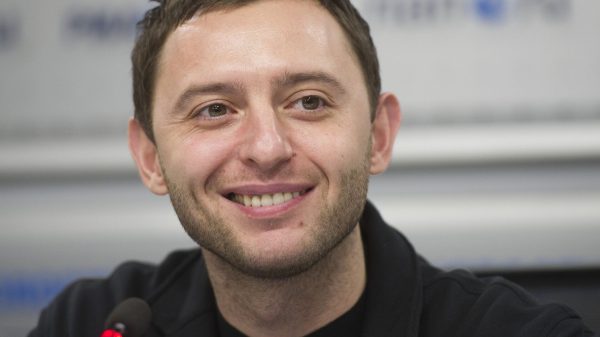

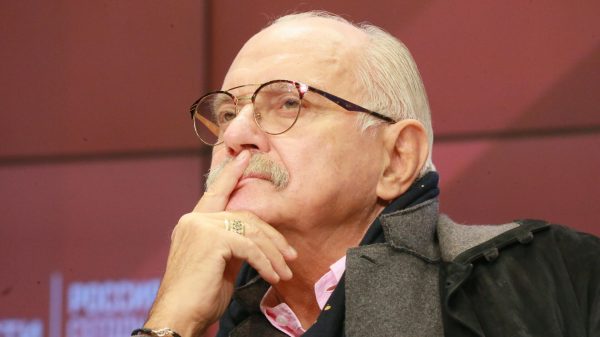




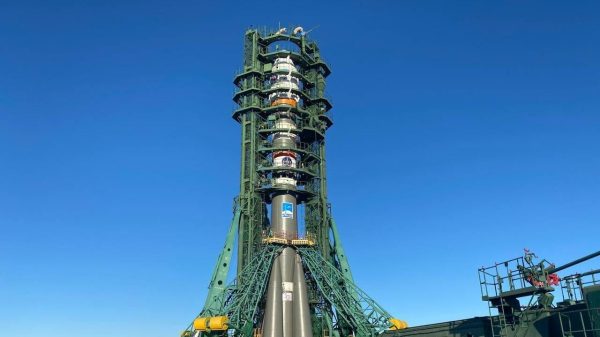


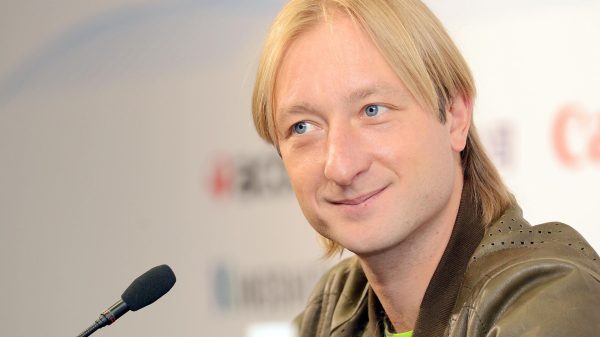





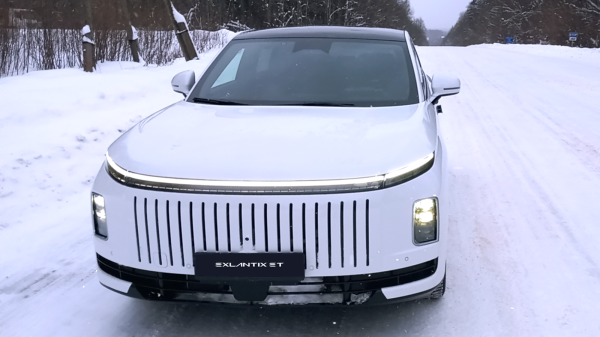







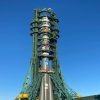









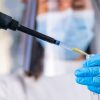







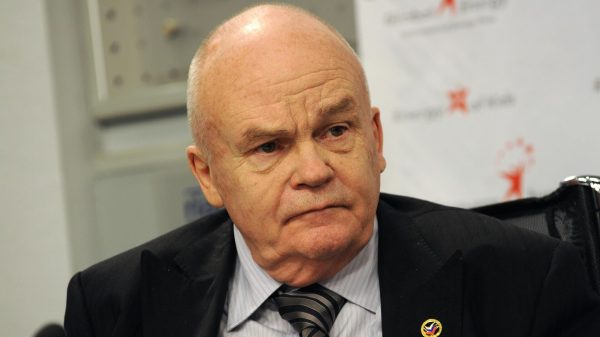


Свежие комментарии